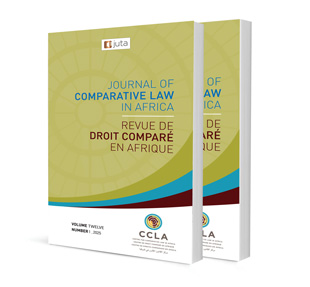Legal capital in South African corporate finance law: The intersection of law and accounting

Legal capital in South African corporate finance law: The intersection of law and accounting
Author: Mojalefa Reginald Mosala
ISSN: 2521-2605
Affiliations: BCom Accounting (UFS), BCom Accounting Honours (UFS), BAcc Honours (UFS), MPhil Accounting (CUT). Senior Lecturer of Financial Accounting, Commerce, Law and Management Faculty
Source: Journal of Comparative Law in Africa, Volume 12 Special Edition, p. 78 – 100
https://doi.org/10.47348/JCLA/v12/2025-SEa3
Abstract
Dividend distribution laws, which encompass the funds a company is legally required to maintain after shareholder distribution to protect creditors and ensure solvency, play a pivotal role in corporate governance and financial sustainability. With recent corporate failures in South Africa, such as Steinhoff and Tongaat Hulett, the adequacy of dividend distribution laws and integration with financial reporting practices has come under increased scrutiny. This has signalled some limitations in the dividend distribution laws in interpreting and applying some of the financial principles to balance and protect the interests of all claimants in a business. Addressing these limitations could contribute to improved conduct of corporate and governance practices. This article examines the concept of dividend distribution laws within South African corporate law, exploring its connection with the Companies Act of South Africa 71 of 2008 and relevant accounting and finance principles. Dividend distribution laws influence South African companies’ financial decision making and risk management. The objective is to evaluate how corporate law requirements and accountancy principles intersect to support entity growth while ensuring sustainable and reputable institutions.